Spirea gray: description, varieties, agricultural technology
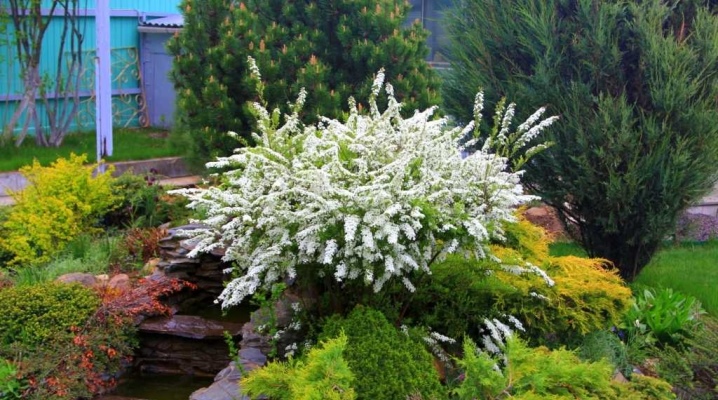
From April to mid-June, you can enjoy the beauty and splendor of spirea in most gardens, street squares and parks. This plant can be attributed to a miracle of nature. We'll talk about it in more detail in this article.

Description
Spirea gray (in Latin Spiraea cinerea) is a fast-growing shrub that often decorates various compositions in landscape design, as it looks very beautiful and decorative. Sometimes it is called ashy or silvery because of the color of the branches and leaves, on which a soft fluff is formed below, shimmering with silver. The downward branches form a sphere around the trunk, making the plant look lush and attractive. When the spirea blooms, it is especially striking, because it is literally dotted with small flowers from the top to the bottom, giving the impression that the fluffy cloud has caught on to the bush and remained on it.
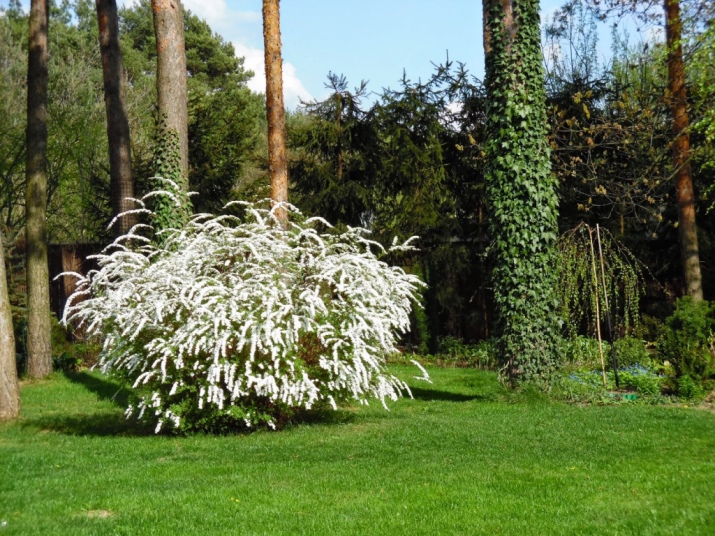
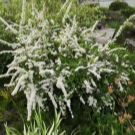
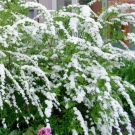
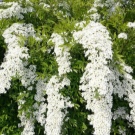
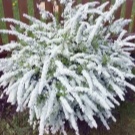

For a very beautiful white "outfit", the spirea is popularly called the "bride". Its flowers exude a delicate and pleasant scent. Inflorescences are corymbose and grow throughout the branch. However, even after flowering, the spirea also looks very attractive, showing off its two-colored leaves. On the outside, they have a gray-green color, and on the inside, they are the same gray-green, but much lighter.
The leaf itself is lanceolate, pointed on both sides. The leaves reach up to 4 cm in length and up to 1 cm in width.As a rule, the height of the plant, depending on the variety, reaches from 90 cm to 2 m, and the crown has up to 3 m in diameter. It blooms profusely, the duration of flowering depends on the variety. The beginning of this is mid-April, and the fruits appear by the middle or closer to the end of June. In nature, the shrub grows in forest-steppe, steppe and semi-desert areas, since it loves the sun very much and grows quickly enough in well-lit areas. It is not afraid of frost as such, but a sharp change in temperature is undesirable for spirea, and may even be destructive.
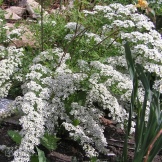
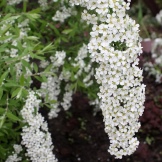
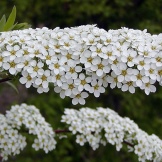
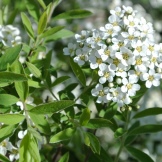
Popular varieties
In total, there are more than 100 varieties of spirea in nature. They differ both in appearance and in flowering periods. Flower colors - from white to brown-red. The most popular varieties are:
- Grefsheim;

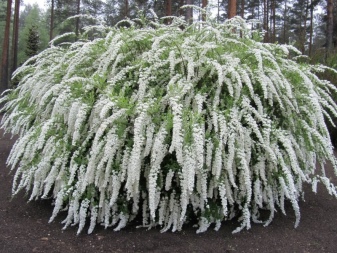
- "Graciosa";
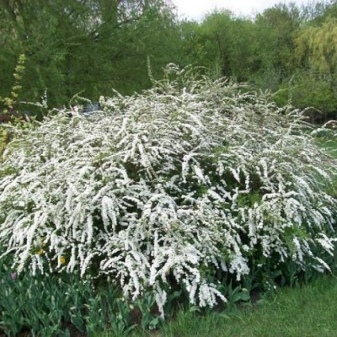
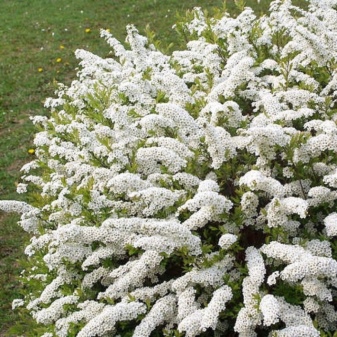
- "Arguta";
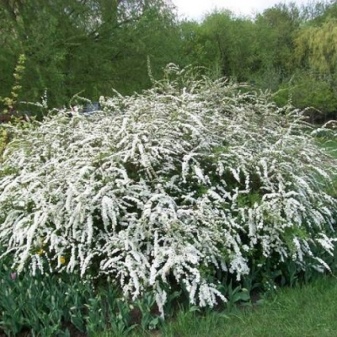

Let's talk about them in more detail
Spirea "Grefsheim" (Spiraea cinerea grefsheim) is a hybrid of gray spirea. A perennial shrub with a rather extensive crown, blooms long and densely. Branches are brown-red. The flowers can be white, pinkish or bright red, 1 cm in diameter. The inflorescences are located from the beginning to the end of the branch tightly to each other, have an umbrella shape and completely crumble after flowering. The bush grows up to 2 m.
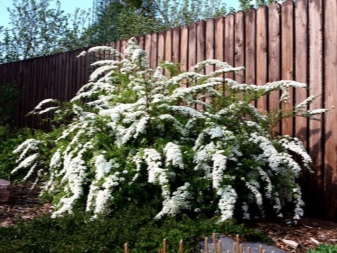

Closer to autumn, the leaves acquire a yellow-golden hue, which makes the spirea look like a solar disk. It does not lose its decorative effect throughout the season, even in winter. The bare branches of the bush are so numerous that the plant does not look bald, but has a rather aesthetic appearance. The aroma of spiraea "Grefsheim" begins to exude in the second year of flowering, attracting a lot of insects, especially bees, as it is a honey plant. If you do not have enough pollinating workers at the dacha, then just plant a spirea, it will attract the attention of all bees to your plantings.
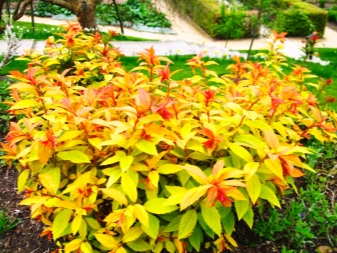
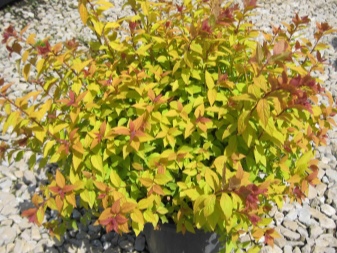
Spirea gray "Graciosa" (Spiraea arguta Graciosa) is a perennial with lush and long flowering. The height of the bush, as well as the diameter of the crown, reaches from 1.5 to 2 m. The flowers are umbrella-shaped, dense, snow-white in color. It blooms in May-June, abundantly covering the branches with small inflorescences up to 1 cm in diameter. The leaves are narrow, the branches are thin, falling like a waterfall, which makes the shrub more decorative.
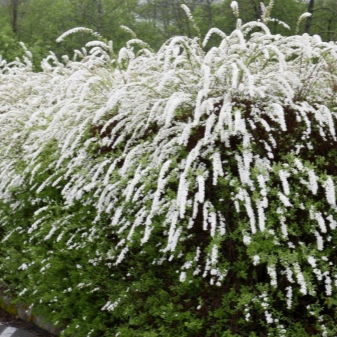
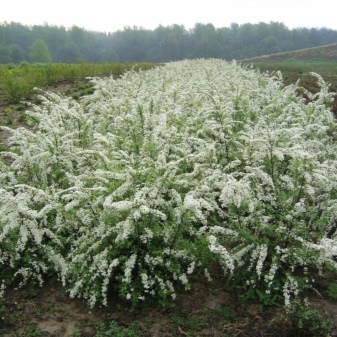
Spirea "Arguta" (Spiraea arguta) has been known to plant breeders since the 80s of the last century. The people affectionately call it "May foam". Flowers appear on last year's shoots, have very voluminous white garlands. The size of the inflorescence in diameter is from 0.5 to 0.8 cm, but there are so many flowers that they cover the leaves almost completely. Even at close range, it is difficult to see them due to the density of inflorescences stuffed onto the branch, resembling carved sea foam or lace. The flowering period begins in the second half of April, and ends closer to mid-May and lasts an average of 20 days.
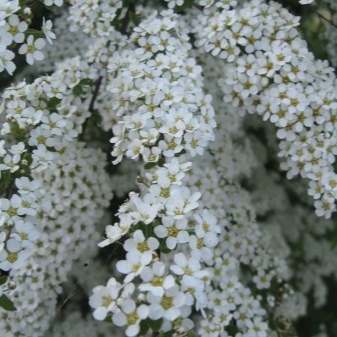
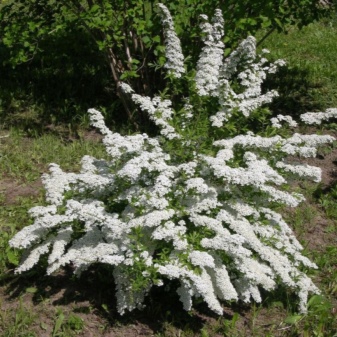
Landing
Gray spirea is a rather unpretentious plant. Despite its decorative and beautiful appearance, it is quite easy to take care of it, which is why it has earned such attention and love from landscape designers and amateur gardeners. And yet, some conditions during planting must be adhered to so that the plant is comfortable. It is best to plant the shrub outdoors.

Timing
Autumn is the best time to plant a spirea, when it is not too cold yet, but the trees have already dropped their foliage. If it turns out to combine planting with drizzling rain, then this will be an ideal condition for seedlings. Cloudy weather without rain also favors good rooting. The seedlings take root so quickly and manage to get stronger before the cold weather in order to winter normally. Of course, planting a plant can be done in spring, but you need to have time to do this before the buds bloom.
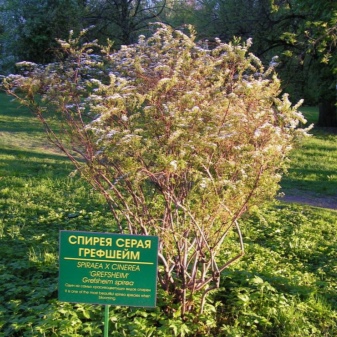
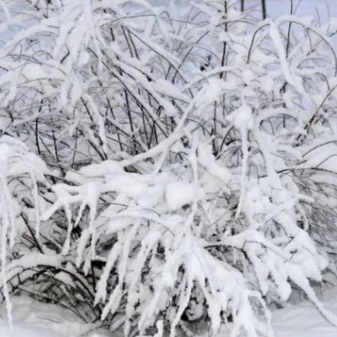
Seat selection
A correctly selected place on the site will allow you not to transplant the shrub for many years. It is advisable to choose a sunny area if you want the plant to grow faster. Moreover, the degree of illumination from all sides should be the same and uniform so that the crown does not grow one-sided. The annual growth is 10-15 cm. But even in the shade of the spirea it can easily take root, only the growth will be two times slower, and the flowering is unlikely to please with such an abundance as in a well-lit place. You can plant her next to the conifers, as they look very good together.

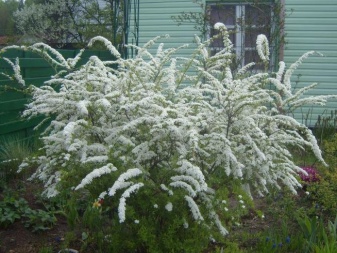
Soil preparation
The soil for the shrubs needs fertile, high-quality, loose and moist soil. If the soil is heavy, clayey, then it is necessary to dilute it with sand or peat and be sure to pour drainage from broken brick or crushed stone of the middle fraction on the bottom of the pit. If the land is dehydrated and depleted, it is necessary to fertilize it with humus from leaves, peat, sod substrate, you can add some ash. It would be nice to dig a hole a couple of days before planting, so that its walls are already dry.
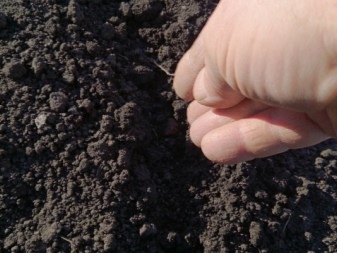
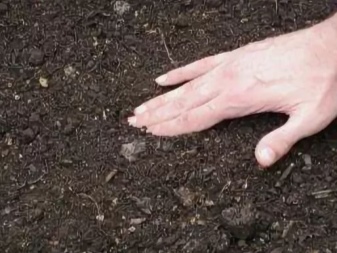
Scheme
The depth of the pit for planting should be 40-50 cm, and the width should exceed the diameter of the root system by about 25-35%. Before planting, the seedlings are placed in a container with water, which completely covers the roots of the plant. Having withstood a couple of hours, you need to carefully examine the root system, remove all damaged, dry and rotten roots, and shorten excessively long so that they are all about the same length.
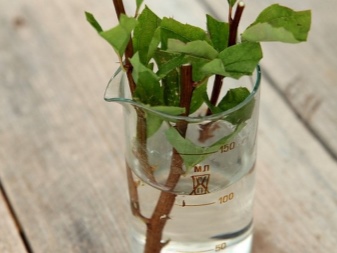
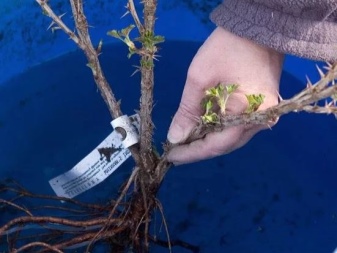
The stems of the seedling should be shortened by about 3 times. Fill the planting hole with drainage, the top layer of soil taken from the surface 5-7 cm deep, mixed with peat and turf in equal proportions. Place the root in the center of the groove, straighten all the roots and sprinkle with earth. The root is not buried very deeply into the hole, its neck should be at ground level. After that, the soil must be well compacted and watered.
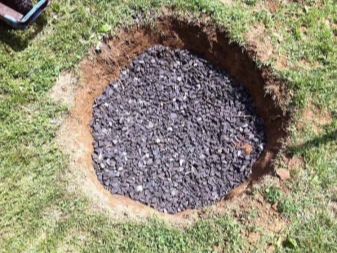
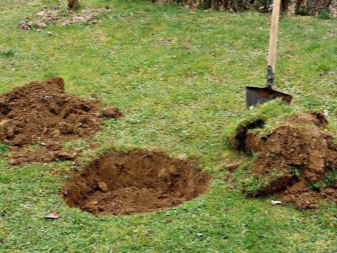
Use 1.5-2 buckets of water for one seedling. Next, slightly pull up the stem of the seedling to help the roots spread freely and comfortably inside. Then the surface of the hole must be mulched with peat to retain moisture. To create a hedge, seedlings should be planted at a distance of about 50-60 cm from each other. To create a group of these shrubs, the distance is increased to 100 cm.The distance between the rows should also be kept from 50 to 100 cm.
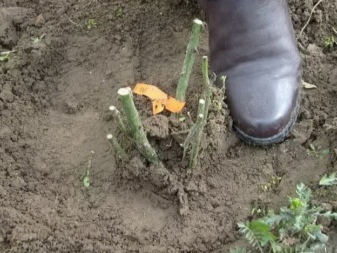

Care
Caring for this plant involves a standard set of actions. This is watering, feeding and pruning. Sometimes it is required to cover the spirea for the winter, but only if the winter is supposed to be too cold or with little snow. Cover it with fallen leaves, sawdust or a small layer of dry medium-sized branches. If there is enough snow in winter, then there is no need to cover the culture.
- Watering must be done regularly, as the soil must be constantly moistened. In dry and hot weather, the culture is watered twice a week. After watering, the soil near the trunk must be loosened to provide air circulation to the root system and get rid of weeds. In rainy weather, watering is not required at all. If there is not enough moisture for the plant, then you will immediately understand this by the withered leaves and the slower growth rate of the spirea.
- Top dressing is the key to good plant growth and flowering. Fertilize it several times per season. Primary feeding is done after pruning in the spring, but always before the shrub begins to bloom. For this, fertilizers with a nitrogen content are used, which contributes to a greater flowering of spirea and stimulates its growth.
- The second time, fertilizers are applied during the period when the buds are tied. This will ensure a lush and beautiful bloom. Fertilizers with potassium and phosphorus are perfect for this. Well, the third time they fertilize with spirea after dropping all the flowers by the shrub. Organic is fine here. For example, chicken droppings or mullein.
- The plant is pruned after flowering. This is one of the most important procedures. It is produced only with a sharp pruner, previously disinfected in any insecticide. Pruning is necessary to make the crown thicker. There are three types of trimming:
- main;
- anti-aging;
- formative.
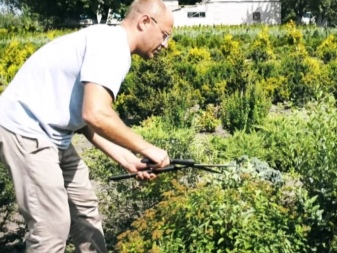
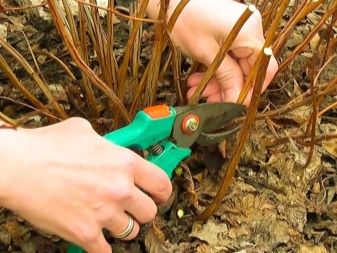
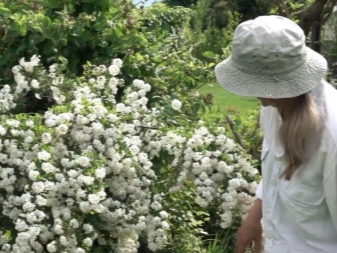
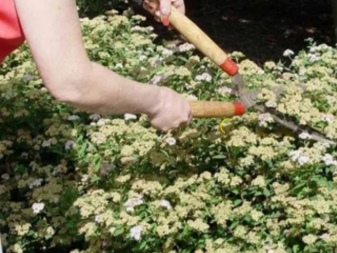
In the main process, old branches are removed to maintain the decorative appearance of the bush. In addition, all frozen shoots are removed after winter. This haircut is carried out annually in the spring.
A rejuvenating haircut is carried out when the plant has reached the age of 7 years. In this case, the entire bush is cut to the stump, which stimulates the activation of dormant buds, which subsequently give a large number of new young shoots. Of these, 4-5 pieces are left, and the rest are cut off. Then, every 2 years, the spirea is removed from sluggish and old branches. Formative pruning is carried out in the spring, before bud break. The formation of a bush is not difficult at all.
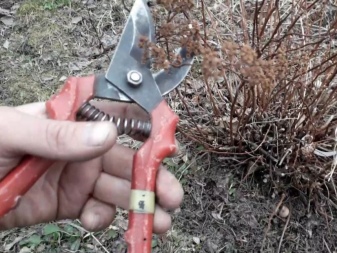
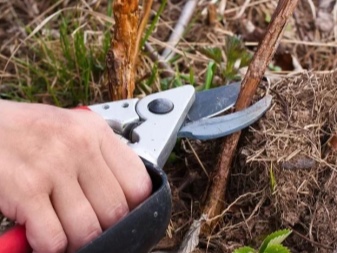
It is enough to cut the shoots a little shorter after one or two, shortening them by a third. Please be aware that leaving shoots of only one age is not worth it, since their simultaneous dying off will affect the decorative effect of the bush. Also, do not leave only young shoots, otherwise flowering may be poor or even absent due to the fact that the "youth" have not yet had time to gain strength for this. It is best that there are young and mature branches on the bush, then the spirea will certainly delight you with its beauty.
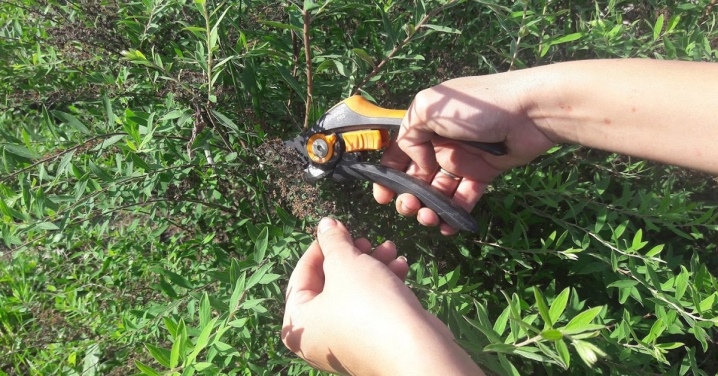
How to transplant correctly?
The best time to transplant a plant is early spring, before the buds open, or late autumn, when the leaves from the trees have already flown. As with planting, cloudy weather is best for transplanting. It is better to dig a hole for these purposes in advance, 3-4 days in advance, and fertilize the soil in it with fertilizer from phosphorus and potassium. The hole is dug 3 times more than the earthen lump on the rhizome.
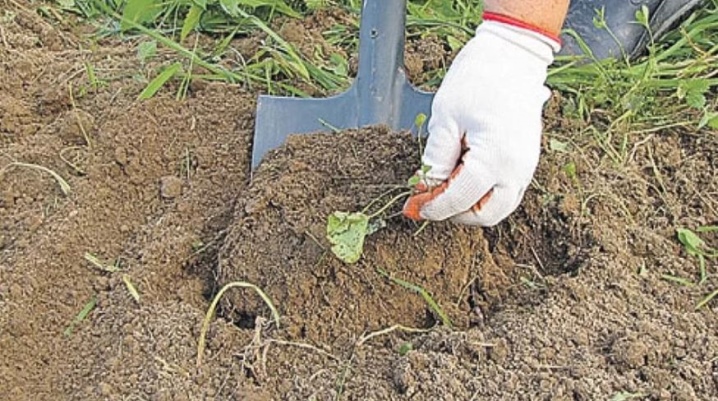
The bush must be carefully dug, cut the roots and pulled out along with the earthen lump. If the plant is already mature and large enough, then for convenience, you can lay it on a piece of cloth and thus transfer it to a new planting site. Lower the root of the plant into the prepared hole, making sure that the root collar is not too deep underground. Then cover with soil and water with the addition of fertilizer for the root system, for example "Kornevin".
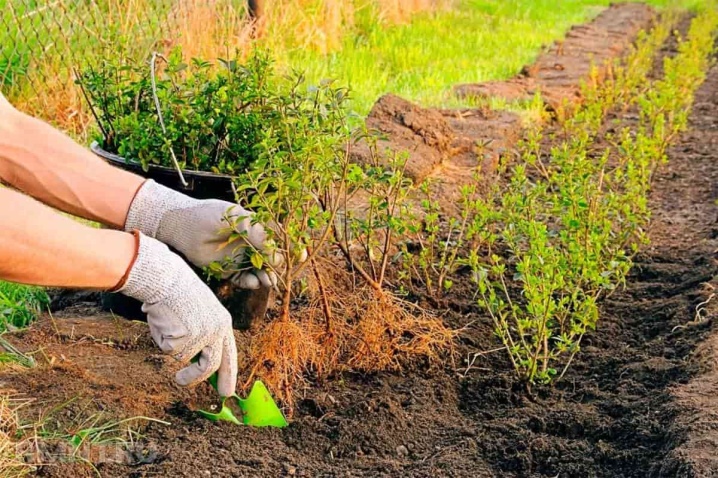
The soil at the trunk must be covered with peat or humus mulch. Install stakes around the perimeter of the bush. Immerse a large piece of natural fabric in water, let it get wet, then squeeze it out slightly and cover the bush with it completely, while securing the edges to the pegs. The fabric should be wetted well for 3-6 days. Then it is necessary to remove the material and let the spirea grow in the wild. The culture must be regularly watered as needed during the next month, making sure that the soil does not dry out, but excess moisture must also go away. Stagnant water can cause root rot.
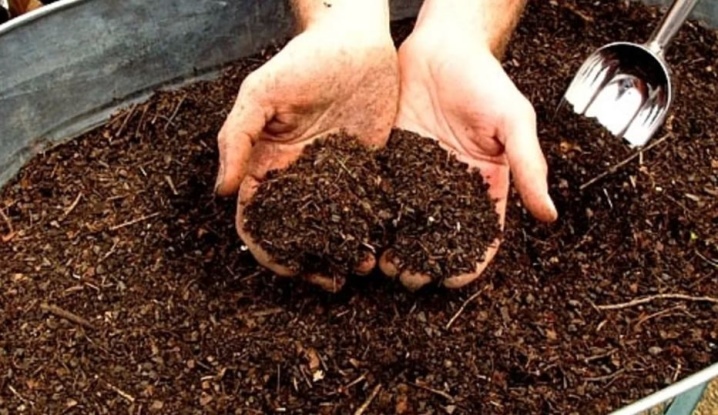
Reproduction
Propagate the gray spirea shrub in several ways:
- division;
- cuttings;
- layering;
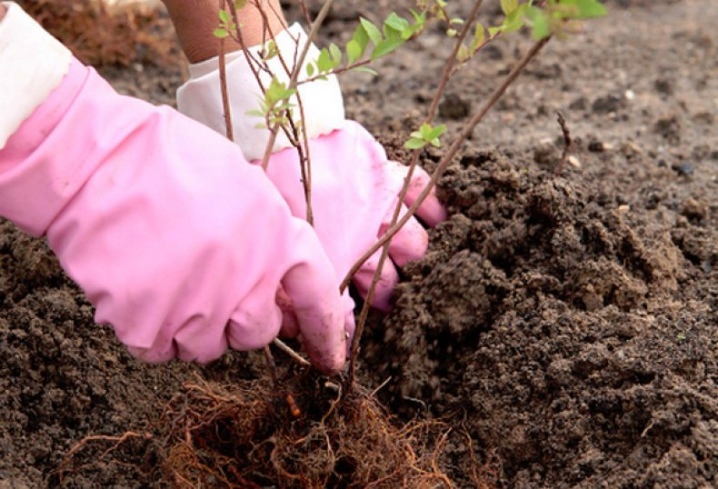
When transplanting a shrub in the fall, you can take advantage of this moment and produce a vegetation by dividing. To do this, you need to carefully clean the root of the earth clod so that you can see the place where you will divide the plant. You can divide the root into 2 or 3 parts, while leaving a healthy bud and 2-3 shoots for each. If you suddenly damaged the rhizome in the wrong place, treat the cut with a fungicide diluted with water.

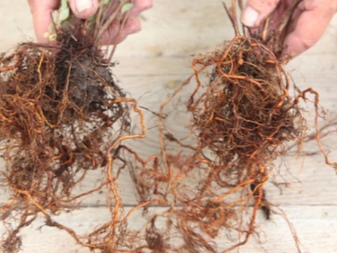
The method of dividing by cuttings is the most popular, since it does not require a lot of effort and energy. Many amateurs use it. If cuttings are made in the summer, in July, then by autumn it is already possible to plant ready-made cuttings in the ground. But you can also cuttings in September or October. To do this, you need to pick up a strong young shoot no more than a year old.
It is necessary that he was already stiff and even. Next, it must be cut into cuttings about 10 cm in length, while leaving 5-6 leaves on each of them. Dilute Epin in water, using 1 ml of biostimulant in 2 liters of water, and leave the cuttings in it overnight. The next day, plant them in the sand, after moistening it. Planting is carried out with a tilt of the petioles at 45 degrees, which contributes to their rooting.
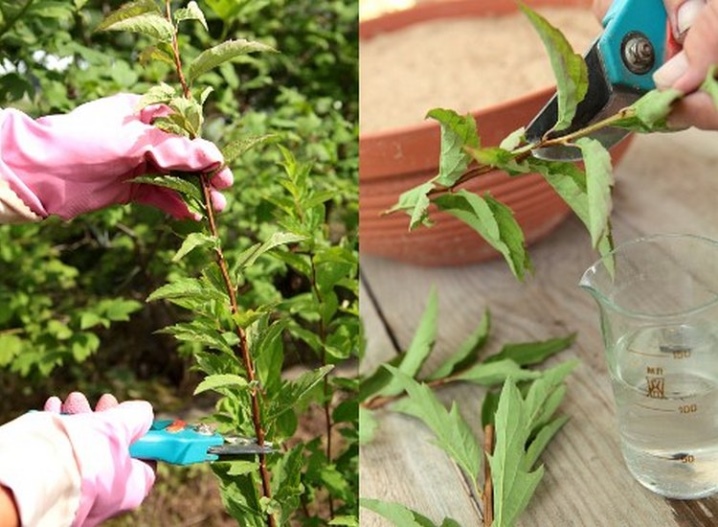
The box with sand must be taken out into the street, and a transparent lid must be placed on top. The cuttings should be sprayed with water every other day, while the heat remains outside. As soon as it gets colder outside, they need to be covered with a wooden box on top and sprinkled with foliage, and so that it does not fly away, put dry branches on the foliage. In the spring, when shoots appear, plant the shoots in the ground, following the above planting instructions.

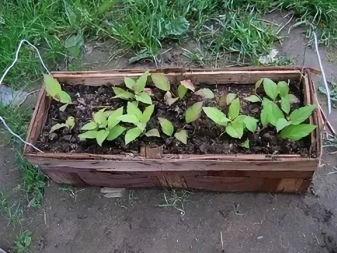
Layering propagation is another fairly simple way to propagate a plant. It is produced in the spring, when the foliage has not yet appeared. Lateral young growth should be pressed to the ground and part of the branch should be buried in the middle. The shoot that is on the surface should be gently pinned to the ground with staples or metal pegs. With this method, in the fall, the roots will already grow at the layer, which means that you can separate this part from the main trunk and plant it as an independent unit.
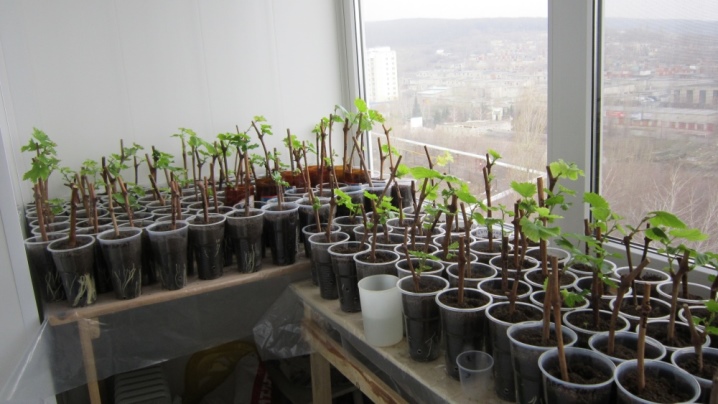
Diseases and pests
Unfortunately, pests do not bypass almost a single plant, and even such a beautiful one as spirea. Fortunately, this does not happen so often, but it does happen. Among parasites, spirea can be affected by:
- spider mite;
- garden snail;
- aphid.
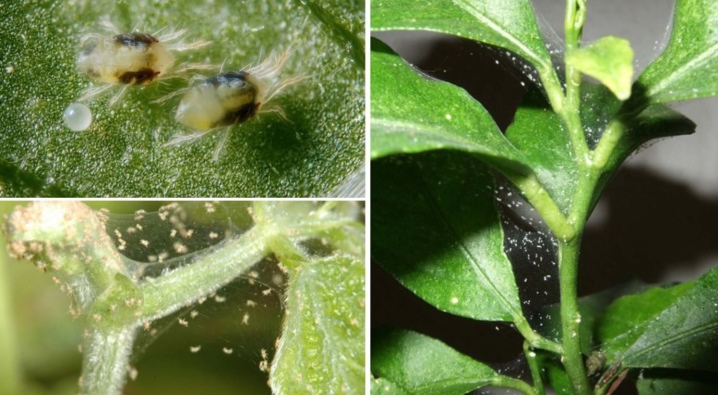
Gardeners need to regularly and carefully inspect the plant for the presence of unwanted parasites, since their early detection will make it quite easy to cope with this problem.Preventive measures will be the treatment of the culture with special preparations in early spring, until the buds open.
The aphid colony actively infects the plant and harms it, sucking out the nutritious juice from it. As soon as you notice aphids, it is necessary to process the leaves of the spirea as soon as possible with infusions of plants such as:
- sagebrush;
- garlic;
- celandine;
- hot chilli pepper;
- tobacco;
- onion.
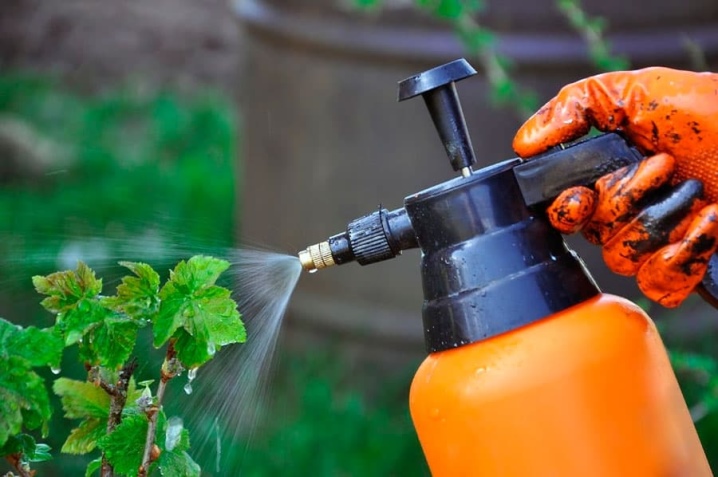
Well, if you noticed the pest late, when the aphids have already stuck to the spirea quite strongly, then you need to use stronger means. For example, "Etaphos", "Aktellik", "Kronefos", "Fozalon" and others.
The spider mite is the most terrible parasite for spirea, since in one season it can change from 8 to 10 generations. Tick damage can be recognized by the appearance of characteristic white spots and cobwebs on the leaves. The leaves begin to turn yellow and fall off. The period when the appearance of a tick is possible is July, August. This parasite loves dry and hot summers, so to prevent its appearance, you need to spray plain water on the spirea as often as possible.
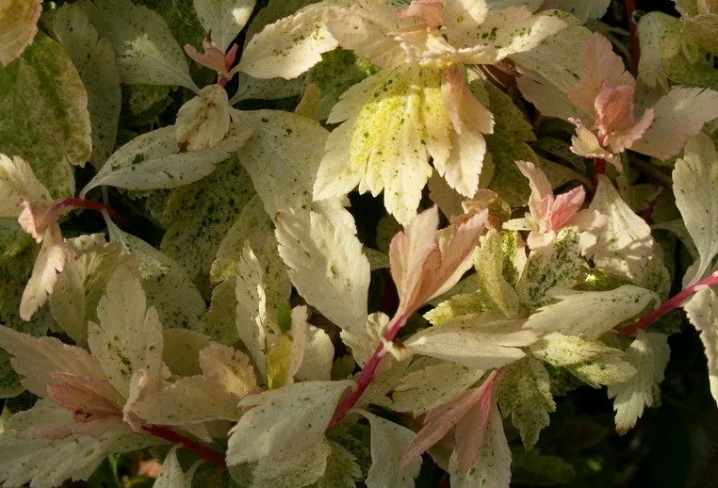
If the lesion is strong, then it is worth urgently treating the shrub with such means as "Karbofos", "Fozalon", "Keltan", "Fosfomid" and others. A drug called Fitoverm will help with slugs. More rare ailments of spirea include fungal infections such as gray mold, septoria, ramulariasis, ascochitis. To eliminate them, you can use Bordeaux liquid, colloidal sulfur and Fundazol. It is supposed to spray the culture before and after flowering.

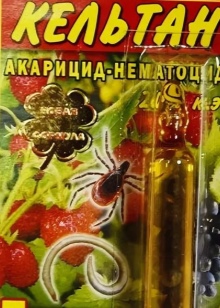

Application in landscape design
Often gray spirea is used in landscape design to create unusual compositions with other plants, group planting and as a hedge. Amateur gardeners and designers love this shrub for its ease of maintenance, rapid growth, and also for its rare parasite infestation. Very often, the spirea is planted near artificial reservoirs, creating a cozy and extraordinary beauty corner of nature. This bush will look good everywhere, even in an ordinary garden or summer cottage, where a landscape designer has not worked. The most successful will be a combination of spirea with the following plants:
- narcissus;
- crocus;
- Tulip;
- the Rose;
- pion;
- alpine aster;
- Turkish carnation;
- primrose.
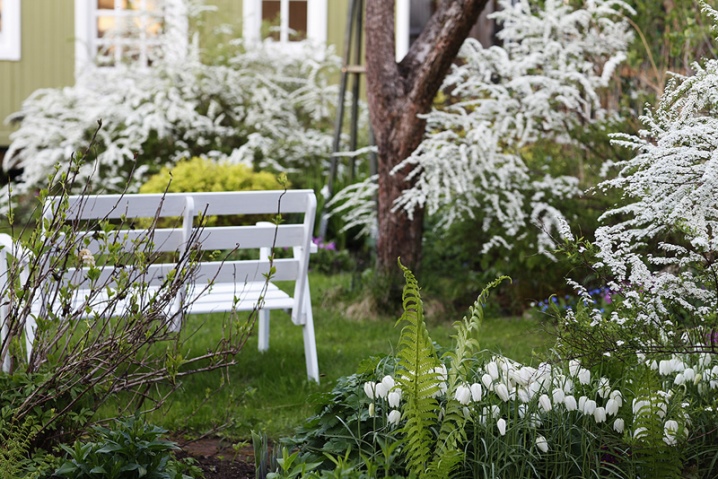
Among the fruit trees, she will also find a place for herself and will stand out favorably against their background. In addition, spirea harmonizes well with various conifers, viburnum, broom, multifloral sucker.
For information on how to properly care for gray spirea, see the next video.



































































The comment was sent successfully.